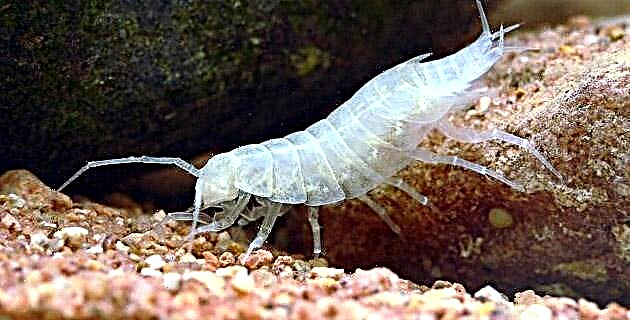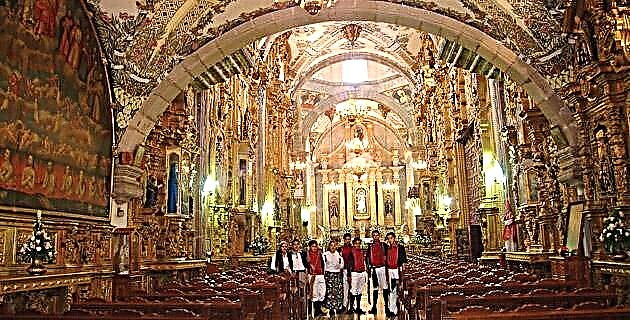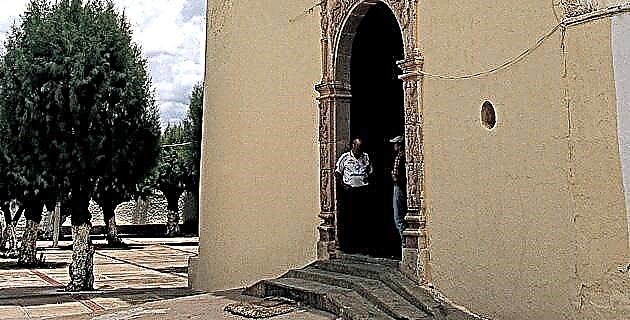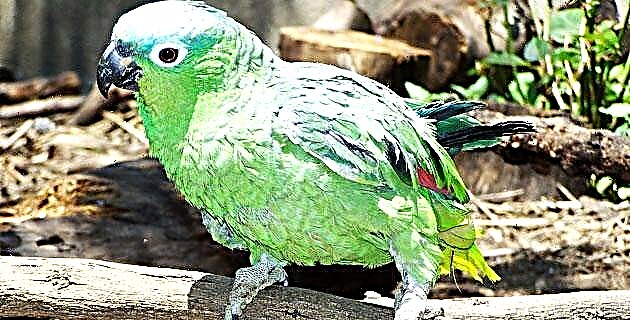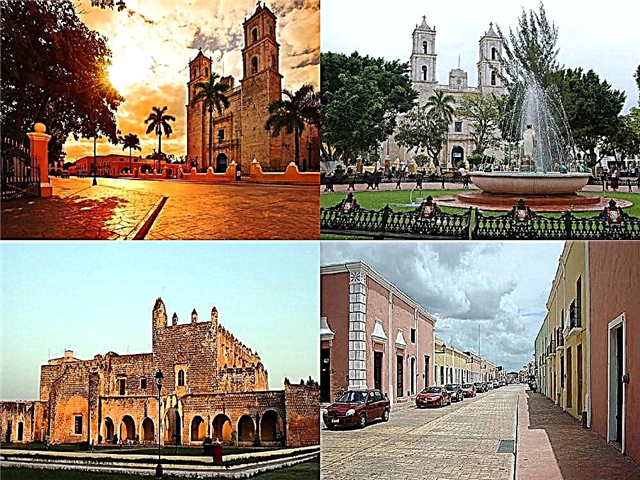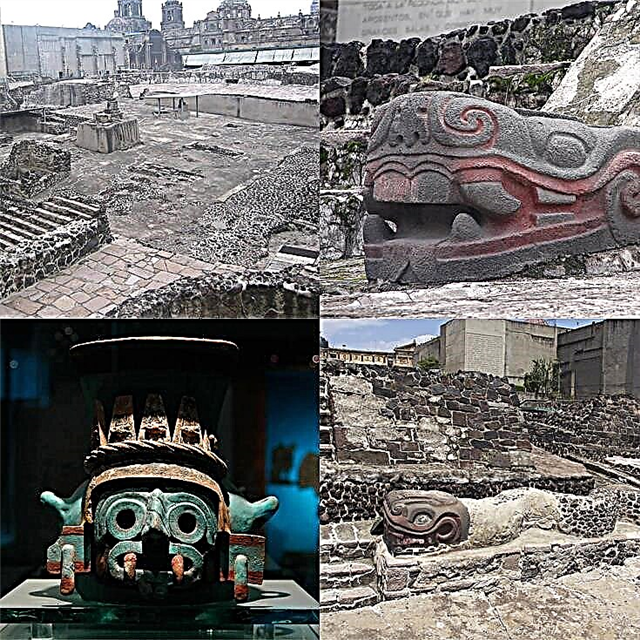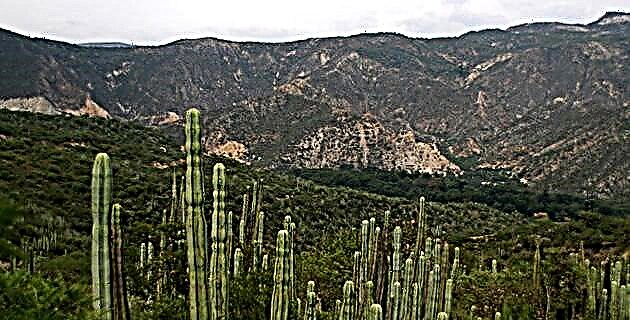
Declared as a Biosphere Reserve in 2000, this ravine offers a spectacular landscape identified by large rock formations, ideal for mountain hiking, and a vast universe of plants and cacti. Do not stop visiting it!
Located 25 km from Pachuca, Hidalgo, and with an average level of 1,353 meters above sea level, the width of Barranca de Metztitlán varies from 300 m in its narrowest part to 3.5 or 4 km in the widest. Its approximate surface area is 96 thousand ha, of which 12,500 have been defined as core areas by the Barranca de Metztitlán Biosphere Reserve, dependent on the National Commission for Protected Natural Areas, in charge of preserving and improving the ecological status of the place and integrate the inhabitants in conservation activities and sustainable projects. The ravine was declared a biosphere reserve on November 28, 2000.
The first sign indicating the entrance are the remains of an old stone construction located to the left of the road from Atotonilco El Grande to Metztitlán; The road to reach the reserve passes through the temperate forest from Real del Monte to Atotonilco. When arriving at Puente de Venados and crossing the river, the great rock formations of the northeast wall appear imposing, while an endless succession of overlapping colored walls is observed, as if there was no exit.
The history of man in the ravine dates back to the Stone Age, as evidenced by cave paintings more than ten feet above the ground, which may mean that the riverbed was much larger. During the Spanish conquest the territory was inhabited by Otomi in constant wars with the Mexica empire, which according to the chronicles were defeated in night battles. When the first Spaniards arrived here in 1535, the Augustinians Fray Juan de Sevilla -apóstol de La Sierra- and Fray Antonio de Roa, began the spiritual conquest of the inhabitants, for which they built churches ignoring the constant floods that occur in the plain of the canyon.
Fray Antonio de Roa was the one who began the construction of the great Convent of the Holy Kings and in 1577 one of the largest churches built by the Augustinians in our country was completed. The white convent, tiny from the high mountains, is shown as a small tribute of man to the great reliefs of the ravine that contains everything.
For the European of the 16th century, perhaps due to the reminiscence of the European plague and the constant curse of leprosy, lakes and rivers within or very close to human settlements posed a threat. As a consequence, the lakes and rivers in the Spanish American cities underwent a transformation no less aberrant.
Now the Metztitlán lagoon has two drainage tunnels; a third party's project was rejected as it would cause a significant ecological imbalance. Pelicans and other migratory birds from Canada and the United States come to the lagoon.
The situation of the inhabitants, who are entirely mestizo, is similar to that of the rural areas of the country: men in constant migration to the United States while the fields are cultivated and harvested by women, children and the elderly. The woman is in charge of the family, providing sustenance and clothing while awaiting the return of the man.
The inhabitants of the ravine began to change their attitude when they found out that it had been declared a Biosphere Reserve; some reacted negatively, but most now know how important the plants that coexist with them are in the canyon. Before the looting of cacti was greater, but the population was not involved in protecting their habitat because no one had made them know the importance of taking care of their own space. One of the main pollinators of cacti and succulents, bats, have not had the same luck; In the popular imagination, the bat is not a benefactor and the caves where it inhabits are attacked to eradicate one of the species that attacks livestock, while herbivorous bats suffer the same consequences.
The Barranca de Metztitlán Biosphere Reserve is one of the small universes of man in which it is possible to appreciate how our contradictions and needs interact with the forces of nature that allow us to continue living.

